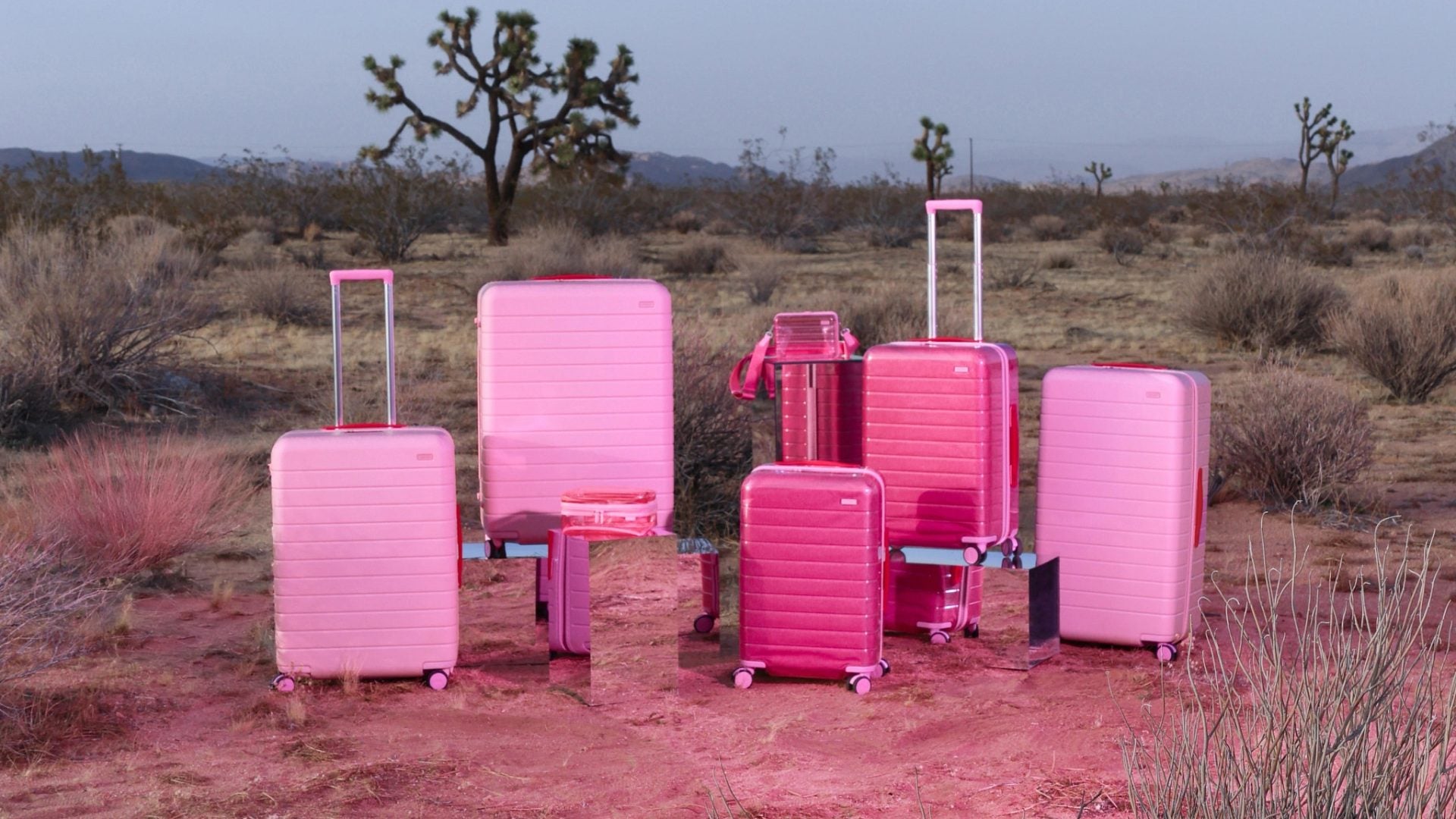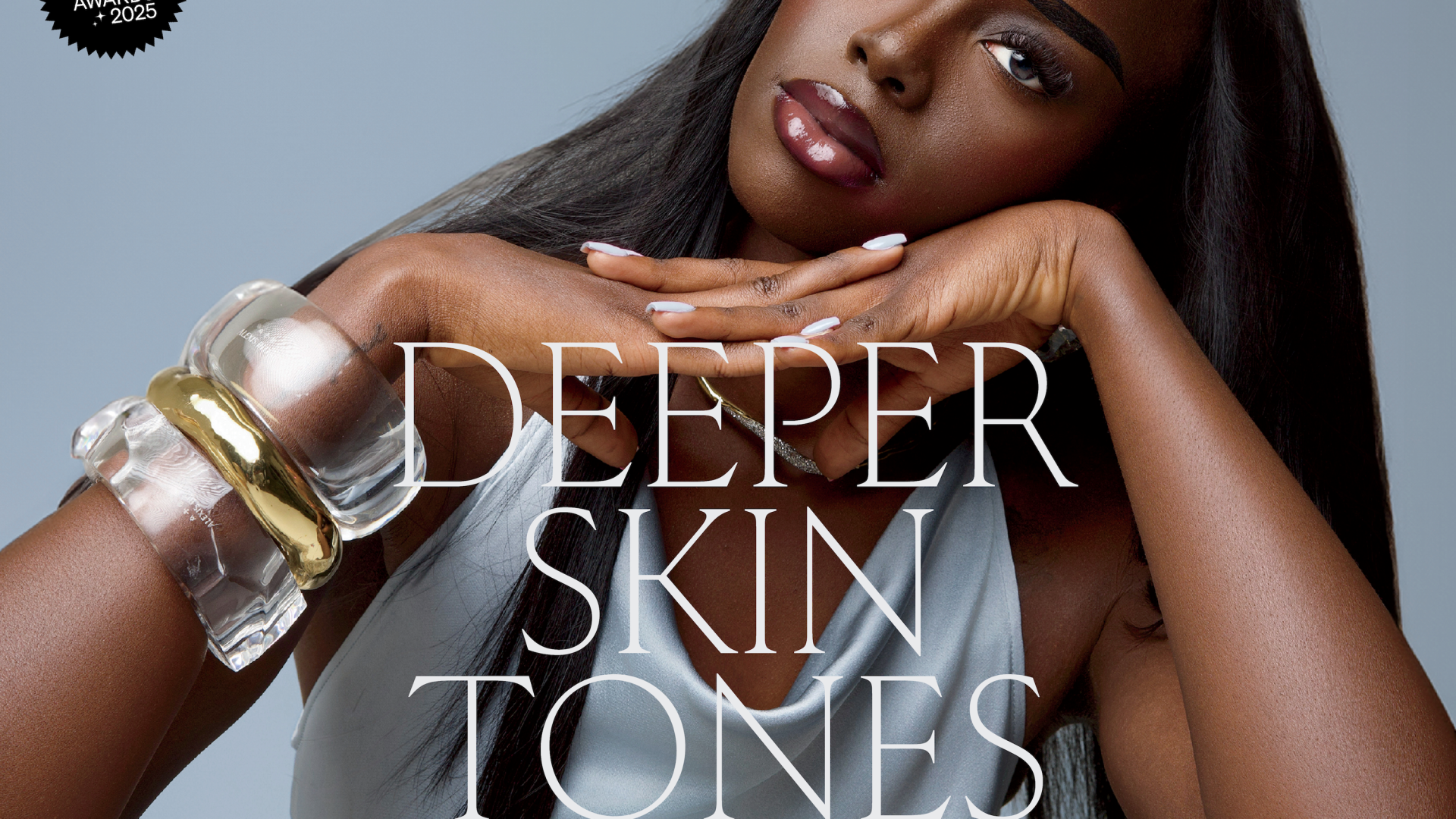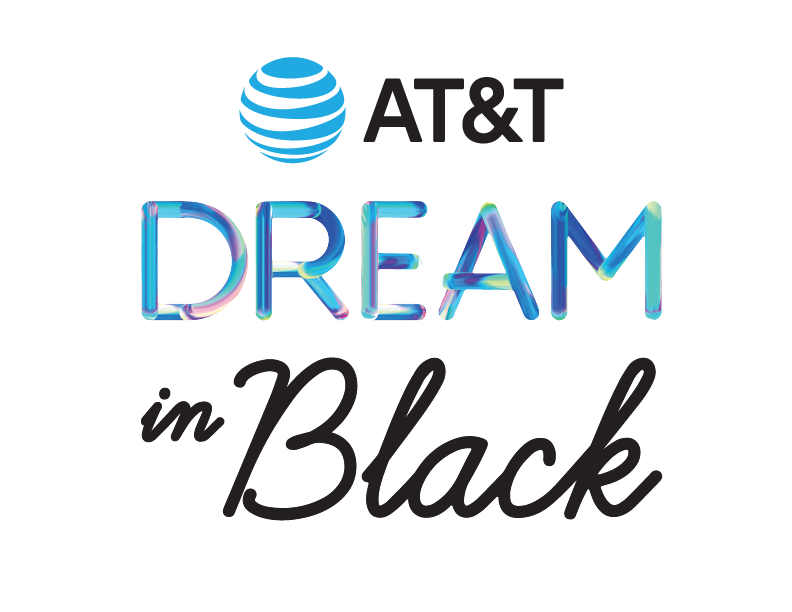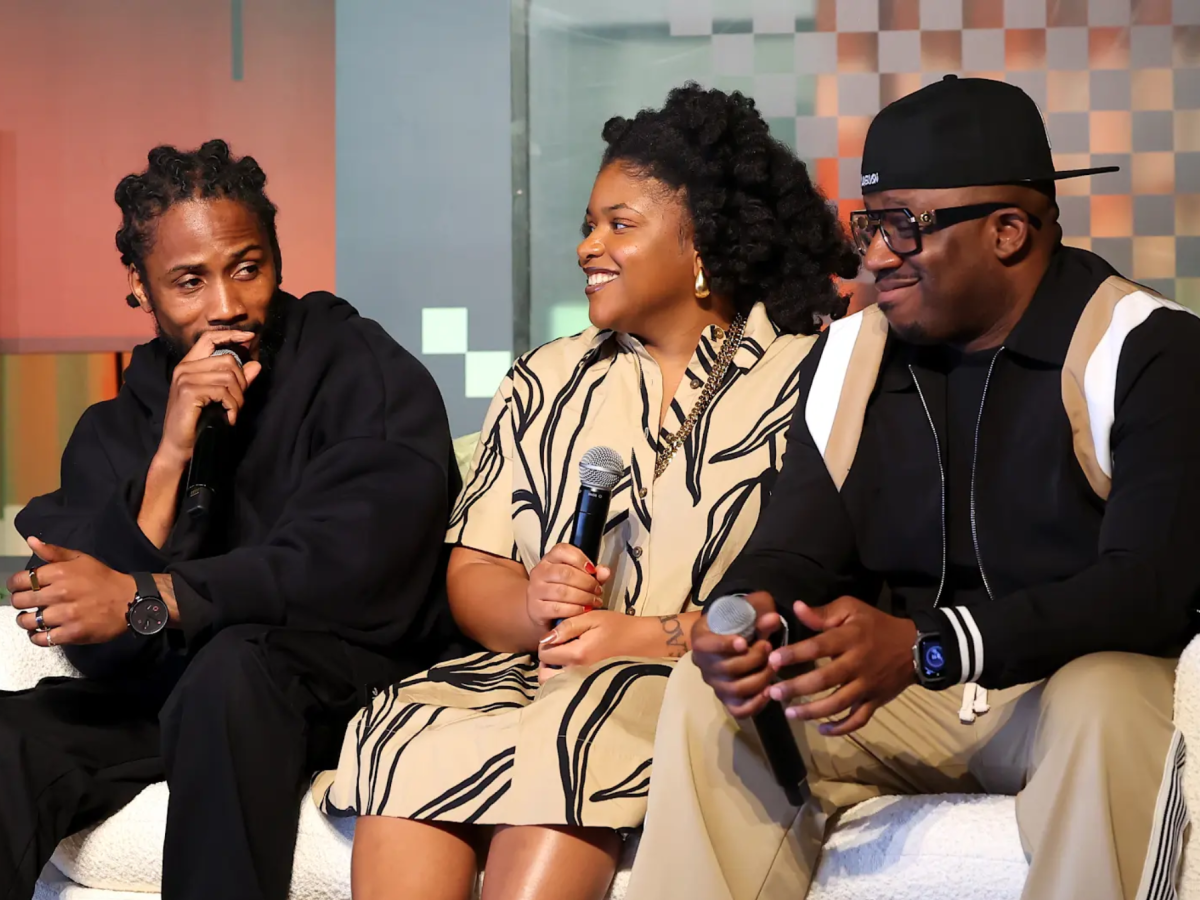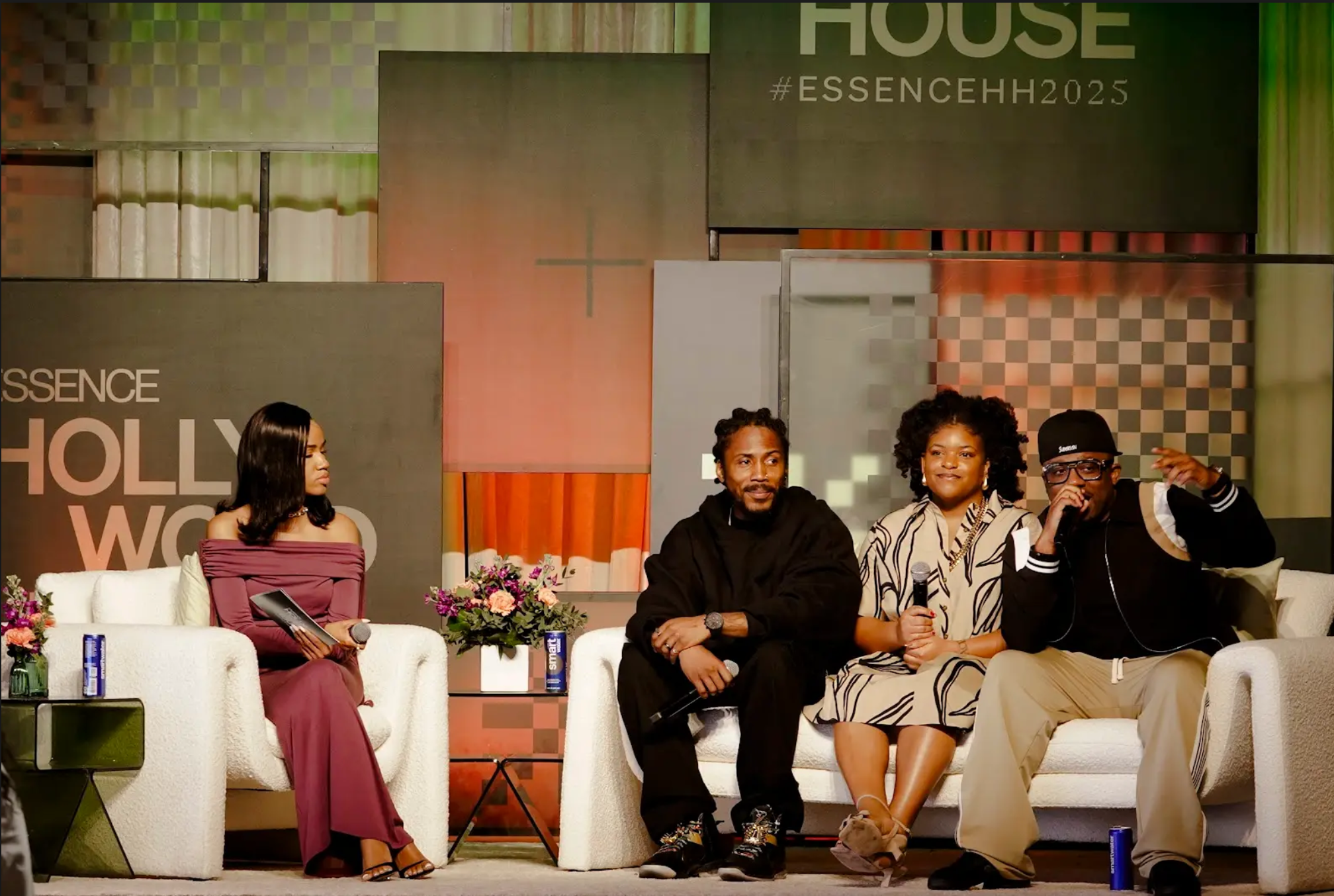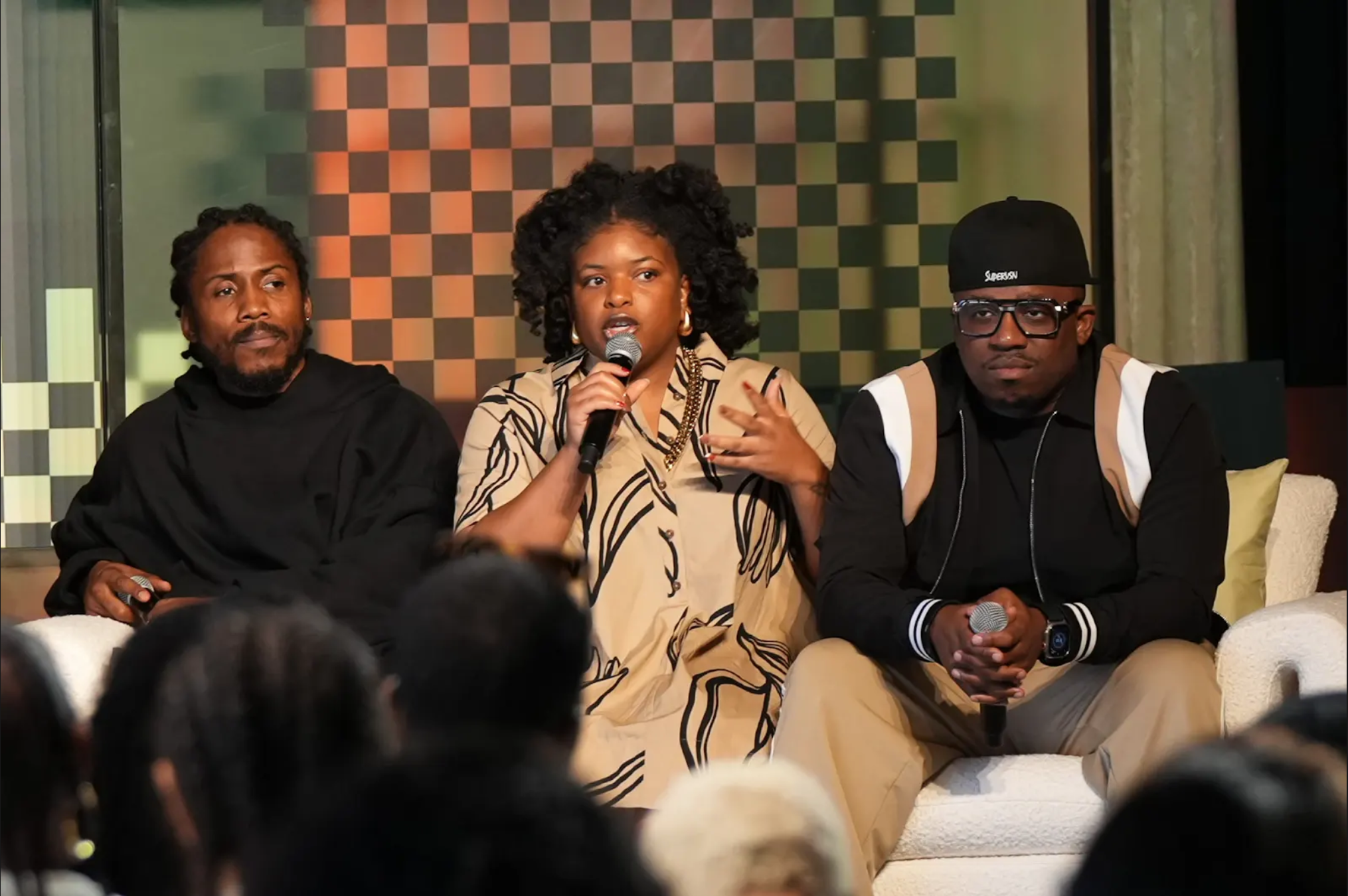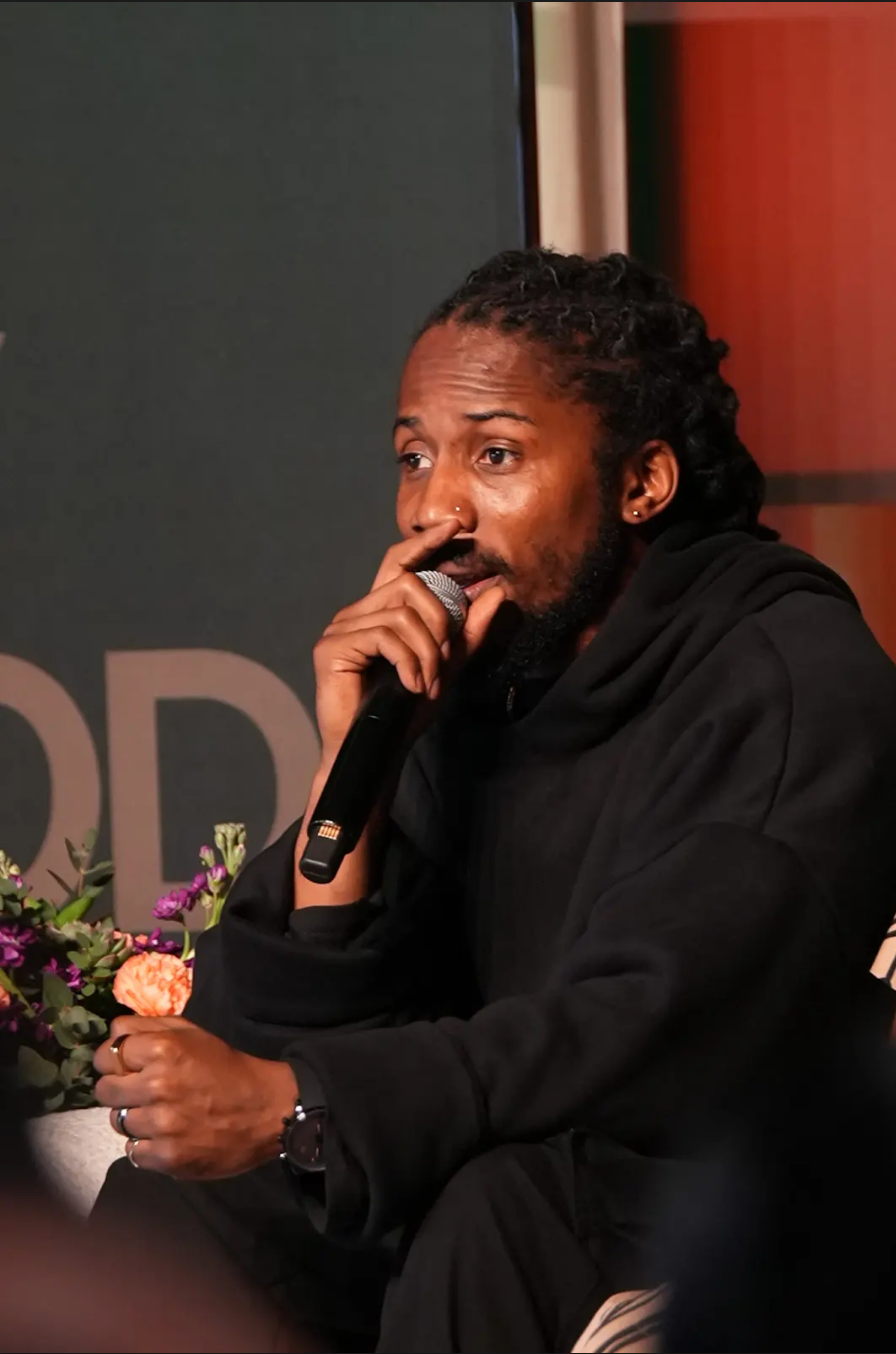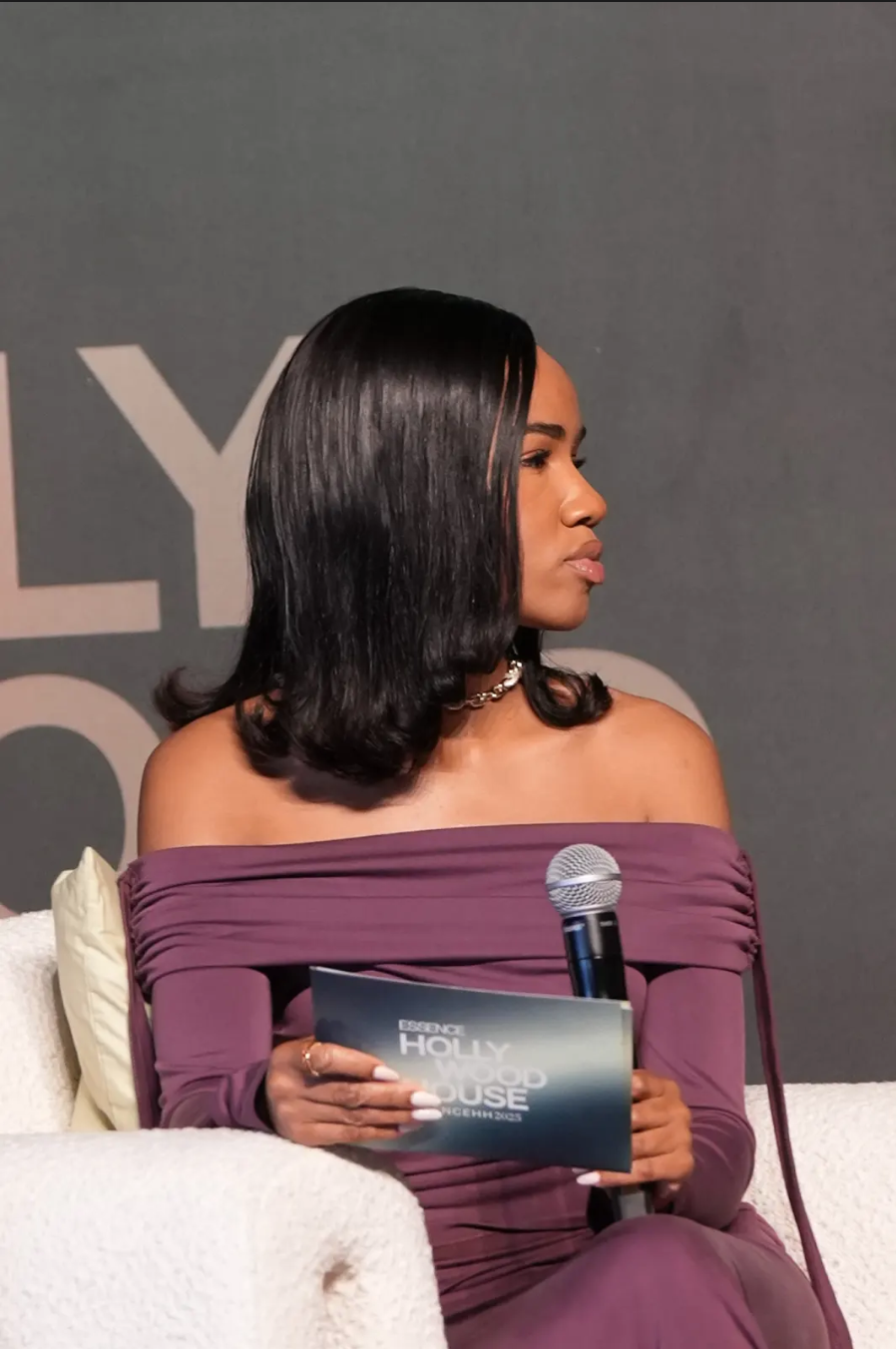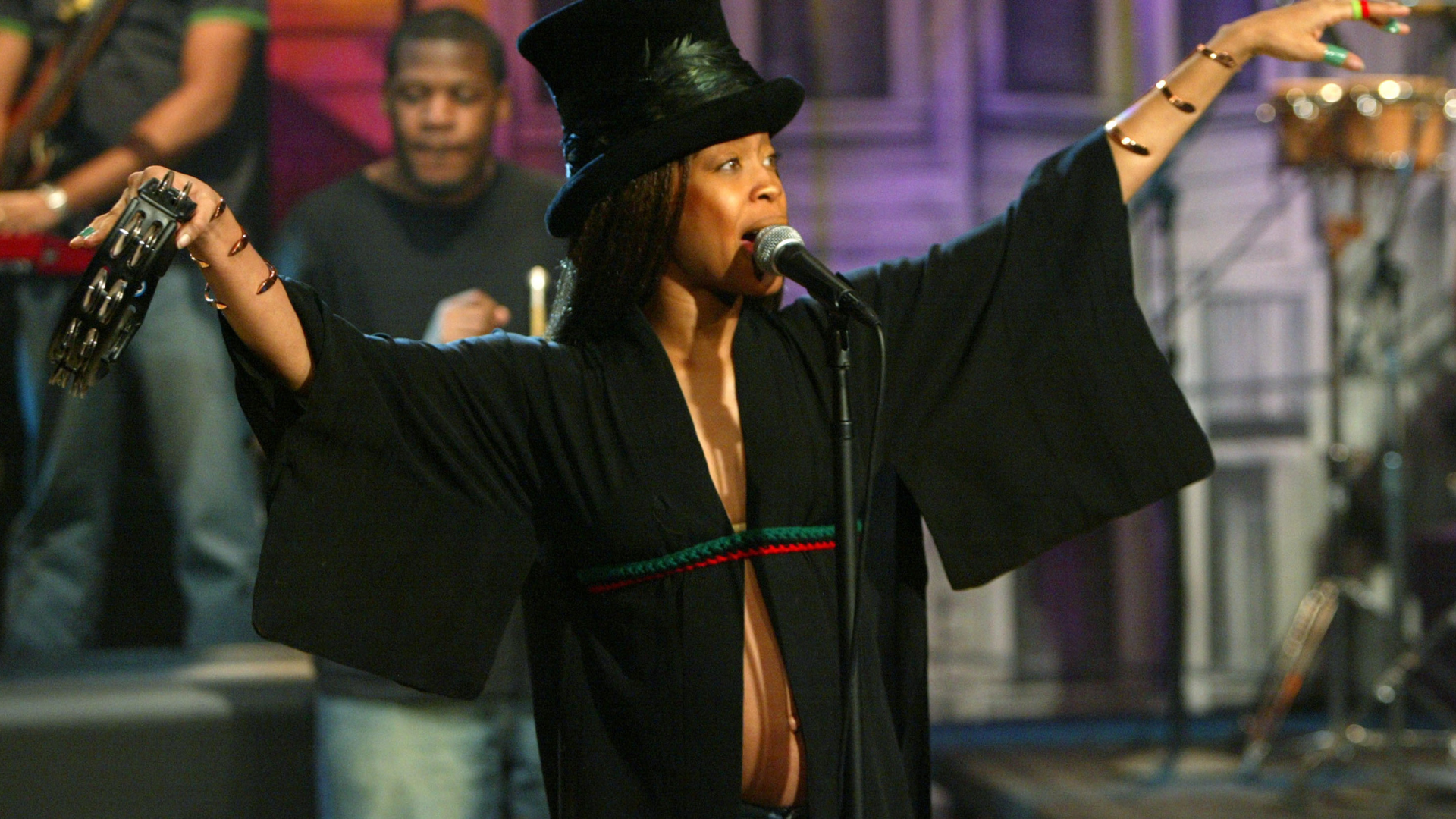
Erykah Badu has nurtured a lot of us since we were children through her music. I distinctly remember pivotal life moments that were narrated by her voice and words. One core memory: my mother sharing post-gossip session laughter with my aunts in our kitchen over “Kiss Me On My Neck.” Or the night my mother officially left my father with “Bag Lady” soundtracking yet another vivid moment from my childhood.
Badu’s music was a constant for me. Beaming with a realism and her ethereal rebel spirit–as I stepped into my teen years it became an aesthetic I used as I ushered in a spiritual phase. This sonic nurturing from Ms. Badu turned into reality as we formed a bond last year. Whether it was in person as we ran through New York streets or just casual check-ins, it wasn’t until maybe 15 minutes before completing this interview that I realized I’ve also become a child of Badu’s birthing tree.
Considered the “Queen of Neo-Soul,” Erykah Badu’s music and aesthetic have become synonymous with the neo-soul subgenre, head wraps, incense, and self-discovery through artistic exploration. However, throughout her nearly 30-year music career, Erykah has expanded her impact in the worlds of fashion, marijuana, and doula services. Delivering her first child in 2001, born to her best friends stic.man of Dead Prez and his wife Afya, Erykah has delivered over 50 children in the last 24 years. With her singular aura of old soul meets futuristic rebel, Badu has used her gifts to continue the traditions of Black doulas in the childbirth industry (and in the death industry).
Ahead of Black Maternal Week, we caught up with Erykah Badu to discuss resources for the Black modern woman regarding childbirth, overcoming fear, Southern traditions, and the evolution of her maternity fashion.
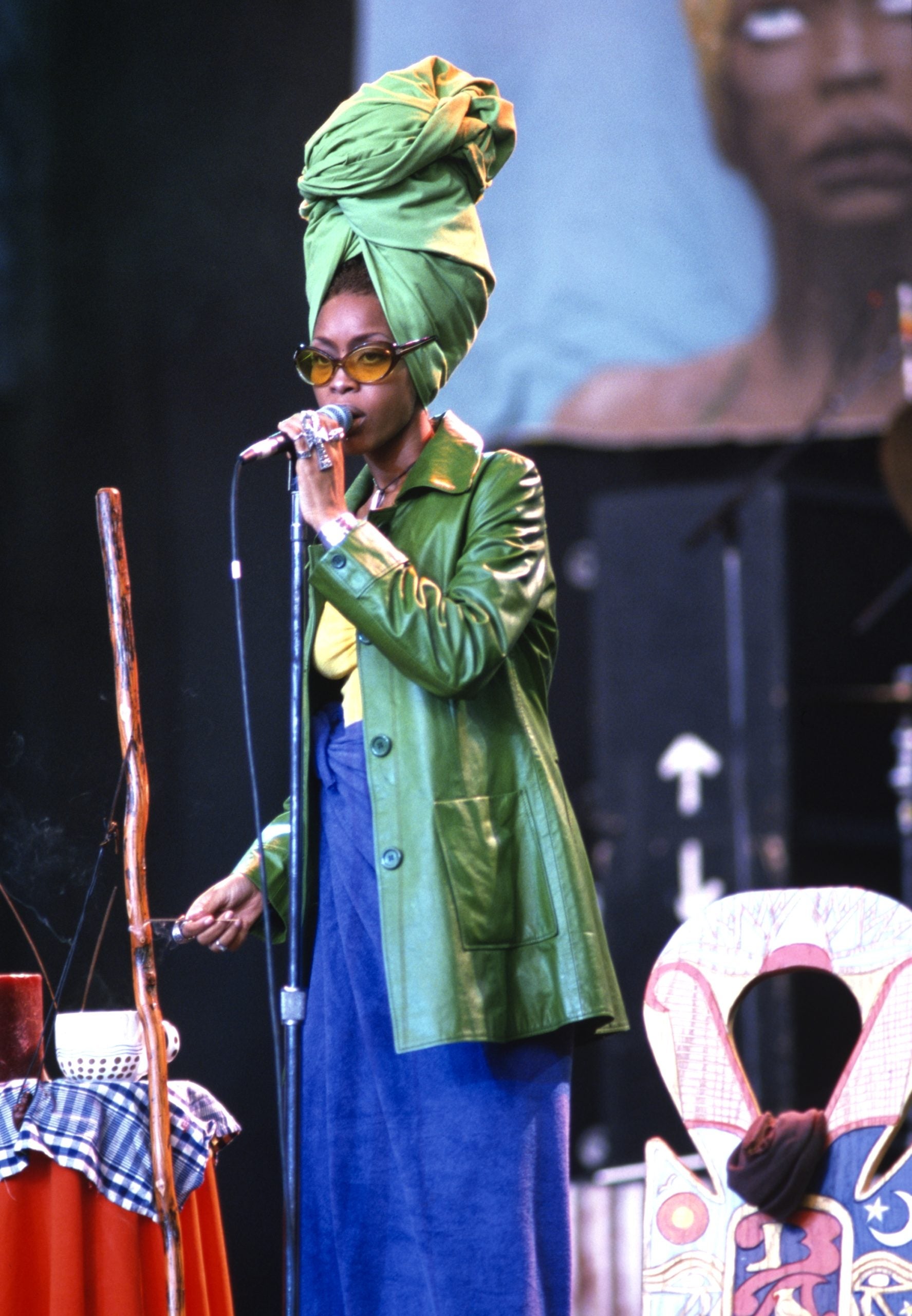
ESSENCE: What are some motherhood traditions you picked up on from the women in your family, especially growing up in the South?
Erykah Badu: The things I’ve picked up from my maternal raising or rearing—because I come from a long line of matriarchs who ran households—I learned strength and independence, individuality, courage, my worth, and try to pass that onto my children. Both female and male, [have] those same principles and lessons. I was never discouraged by my mothers, grandmothers, godmothers, or elder women. I was always praised very very highly. As a result of that nurture, I was filled with that. And, I mimic that with my parenting as well, the pouring in and planting seeds of brilliance.
You have a doula service called ‘BADOULA,’ can you speak more to the process of becoming an expecting parent’s doula before, during and after?
I start as early as possible in the pregnancy. I build a complete network, we first counsel then we introduce the birth mom and dad to an OBGYN and nutritionists. [We also] put a [specialized] program together and I practice it with them through the pregnancy. During the birth, I am present. Whoever they want present during the birth, I am responsible for being the welcoming committee. I have to make sure that everything is energetically sound in the room [and I provide] everything they need. After birth, I am still responsible for the baby. Because the contract really isn’t with the parents, for me, it’s with the baby. It’s one of the biggest ceremonies of life. It’s important the room is breathable and calm and the mother has said everything she needs to say. Because the throat is congruent with the womb and if it’s tight and closed, it’s going to be harder to dilate. We work throughout the whole pregnancy for this ceremony so that the baby enters the world at a high peaceful vibration and I’m right there in front. So that means that the first thing the baby sees is some fly shit.
How important is it to include more access to information about doula services and different methods of childbirth?
It’s a sisterhood. It’s childbirth, it’s a ceremony, it’s a spiritual walk. And doulas are not created, they are born. You’re born with that type of heart and patience and you’re drawn towards the work. I had some very talented and patient mentors, one being Shafia Monroe. Shafia is the founder of the ICTC. I went through her program after [I’d] participated in 14 births. So I learned what they call direct-entry midwifery. That means you learn in the field.
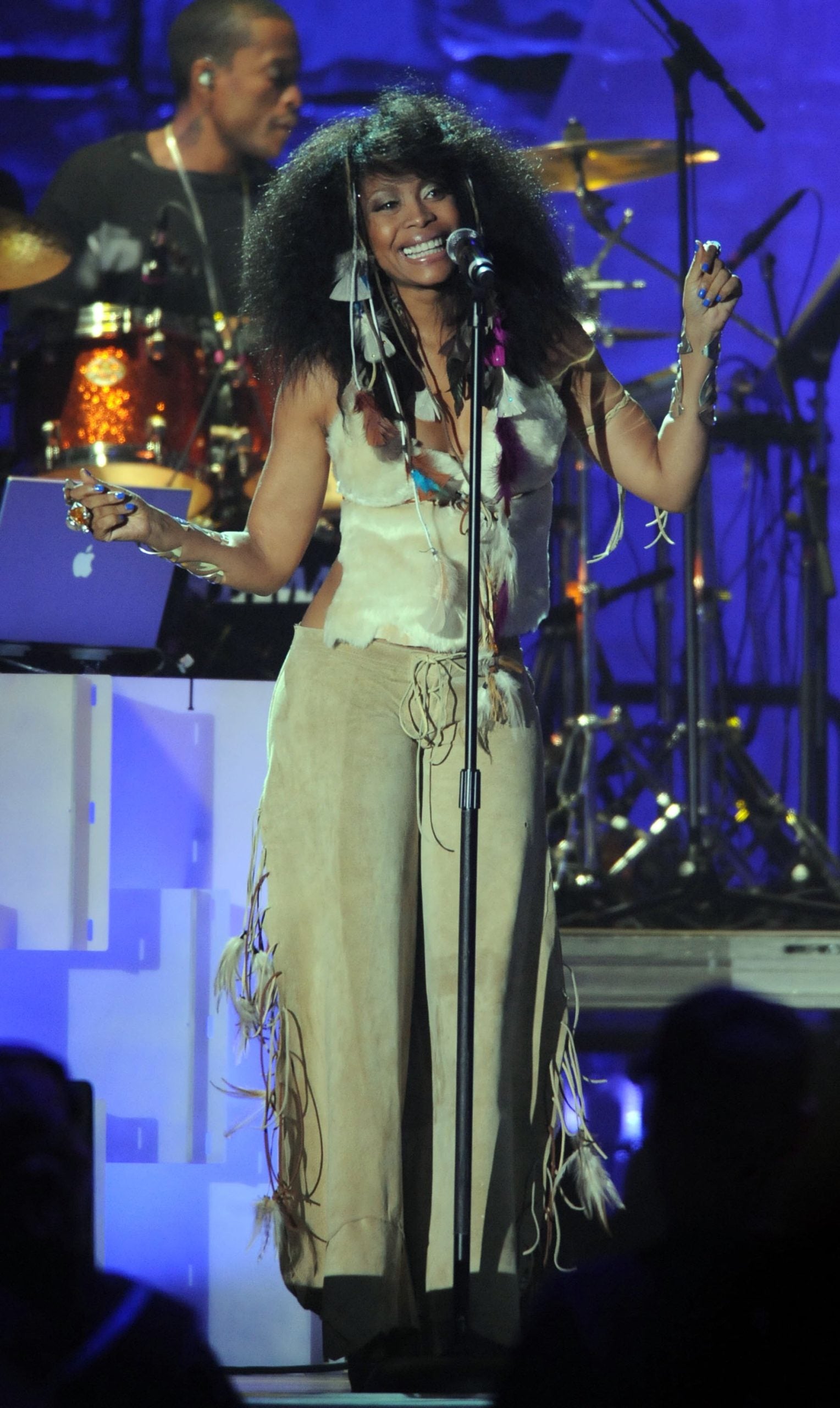
I got my certification in 2001 from ICTC where I learned textbook, technical things that I wouldn’t have known. You have the instinct but you learn to speak the language as a birth worker. Because we didn’t have that before the late 1900s. We didn’t have permission to [be] birth workers. We were doing it but the ‘80s and ‘90s [which was] when we really started to be accepted. So a network is necessary and the network shouldn’t exclude the doula. The doula is the conductor. After pulling everything together, the doula disappears into a corner but still helps and holds space as needed. You become patient, you walk softly. It seeps into your everyday life. You are of service at all times. The greatest among you shall be your servant.
Growing up, I never heard childbirth spoken about in a way that was as comforting and natural as you. I have this fear of childbirth. Did you ever have those types of fears?
No. I didn’t have any of those types of thoughts at all. I don’t even think I was introduced to the idea that it was something to fear. But I do understand that’s why it’s important to work with a doula through the pregnancy so you work out those things and you get to the root of the pain and fear. There’s no wrong way to have a baby. Women are afraid to go through natural childbirth, meaning childbirth with no medical aid, then they don’t have to. The object is to be at peace. Some of those fears can be eradicated with education.
Outside of being a fashion icon, your maternity style evolved as you got older. How would you describe the different stages of your womanhood through your maternity fashion?
The belly needs to breathe! I’m a belly-out mama, hence my handle @fatbellymama on Twitter. My kids are about six, seven years apart and I was in different phases of motherhood. I remember with Seven, he was born in 1997 and I was head-wrapped and [wearing] all white. Every walk was sacred on tiptoes, so I was very careful. I was covered and performing on stage with extra covering around my belly and just very protective and learning. Not sure yet so I wanted to be very careful.
By the time his sister Puma came, born in 2004, I was in the phase of me. I knew a lot more. I had become a doula, kind of knew the ropes so I was wearing form-fitting, flowing things. And I had learned from breastfeeding that milk is ‘gonna get everywhere. So I learned how to dress my breasts as well. I wanted to look like a dancer at that time.
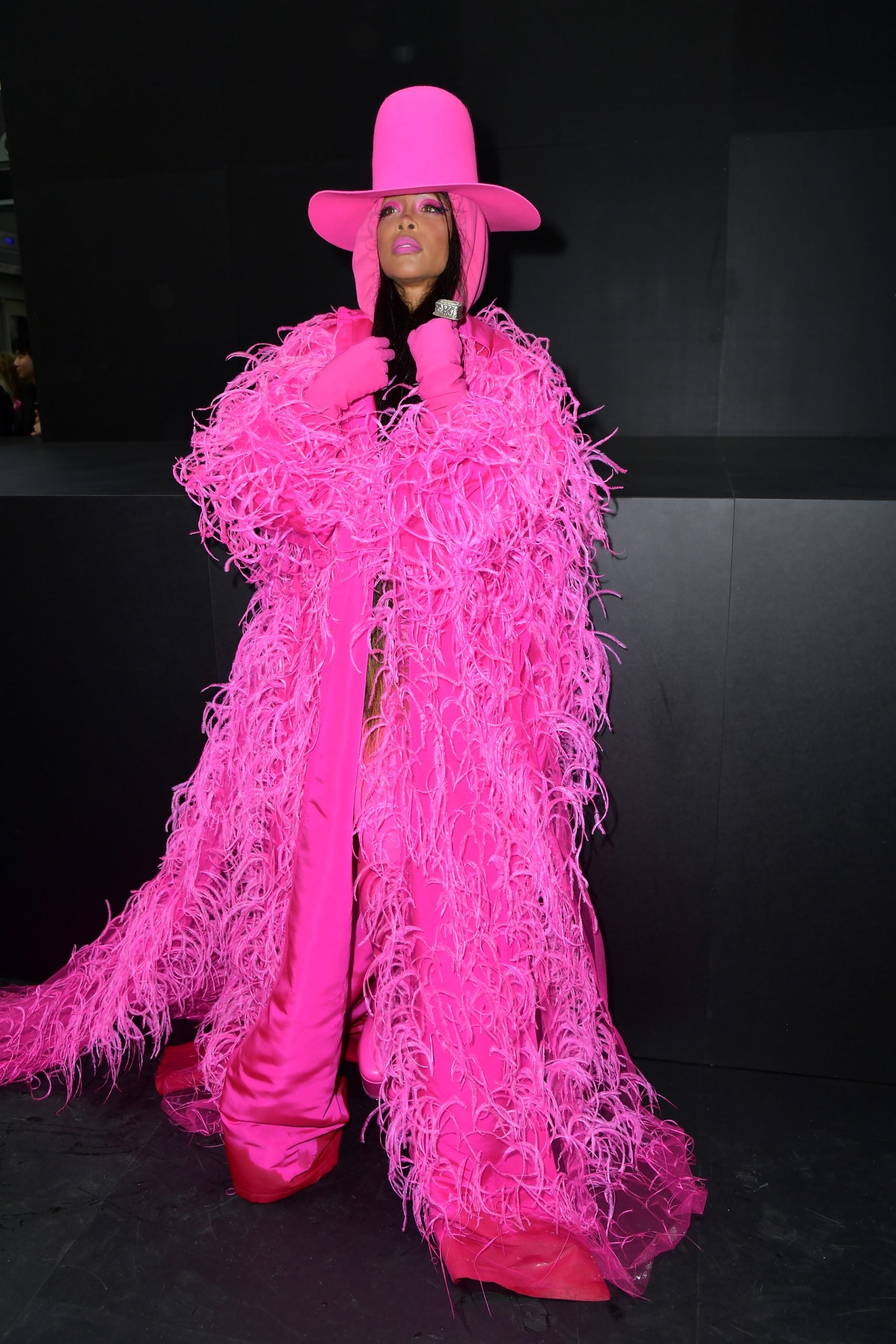
By the time Mars came along in 2009, it was just to be comfortable. ‘Cause, I remember looking fly from Puma’s pregnancy that it was a little uncomfortable but I could still pull it off. By the time 2009 came around, I just wanted to be comfy. So it was a little more boho-chic, still belly out! It changed over time with the way I changed. But I encourage people to be comfortable and make sure that they have the support that they need. There’s many different types of support you can add like elastic bands, they can go in the waistband holding the belly up. Braces and knee braces, you have to incorporate all that into your wardrobe. Dress for your own rizz but practicality.
To any expecting mothers, what is some advice you can give them?
Tap in. Tap into who you are and what you’re made of in every way possible. You only have a few months until you will have this very special relationship where it’s just the two or three, depending on the mom. Embrace every moment and start to teach your baby now. Because they’re here.
